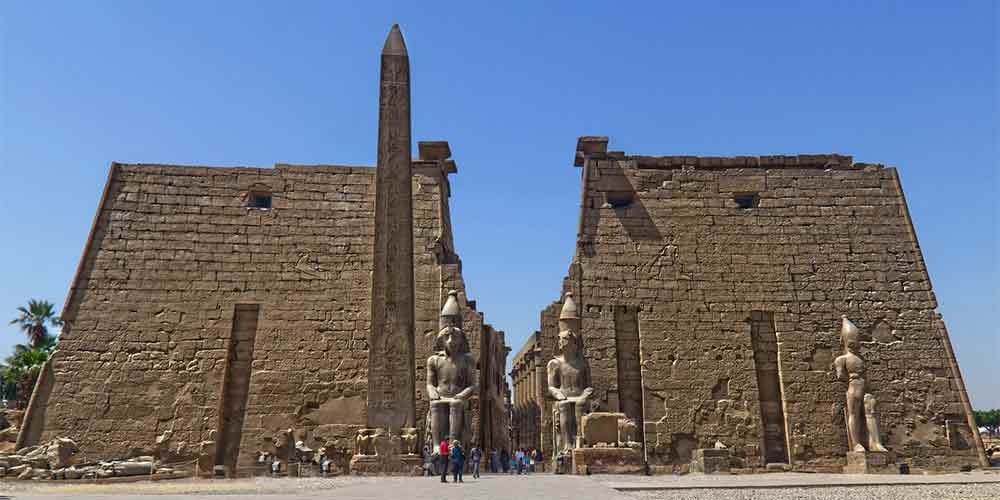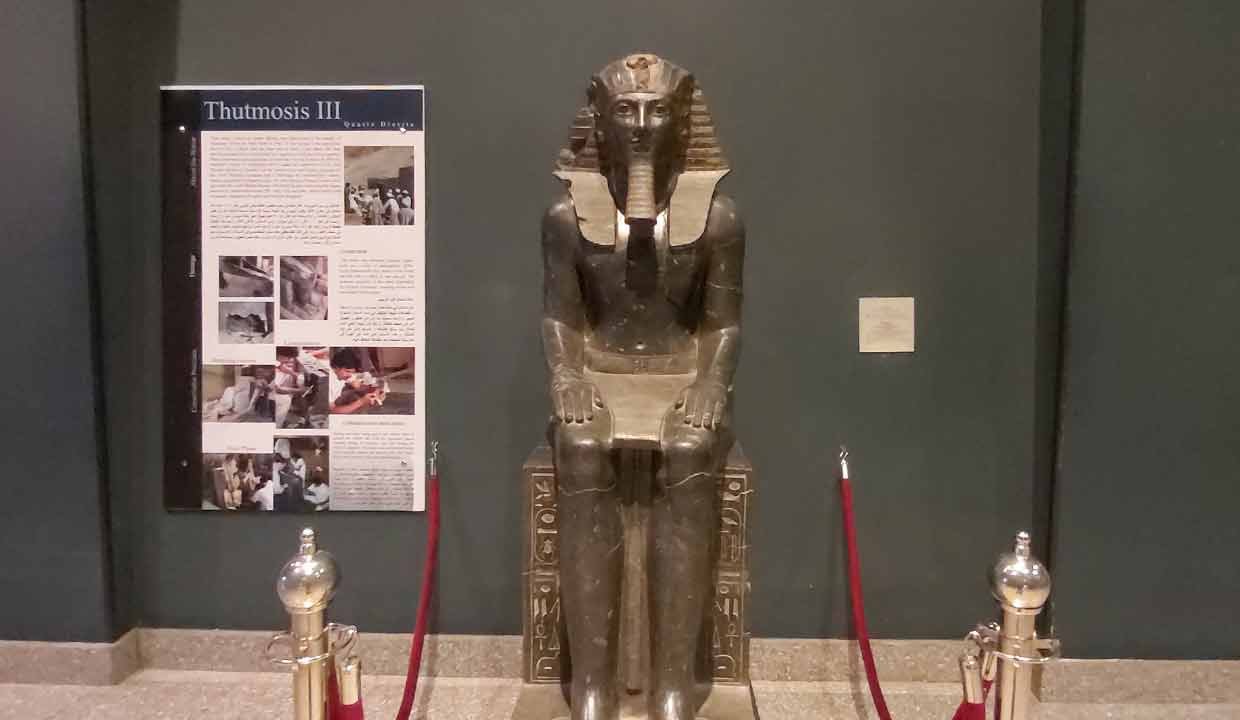wonderful Luxor Museum: Where Ancient Thebes Comes to Life
Discover Luxor Museum: An oasis of ancient tales, nestled by the Nile, revealing Thebes’ hidden chronicles.
In the land where history unfolds with every grain of sand, the Luxor Museum offers an unparalleled journey through the chronicles of ancient Thebes, now known as Luxor. With its prime location on the corniche, gazing serenely over the east bank of the River Nile, the museum acts as a beacon, inviting every history enthusiast, traveler, and seeker to delve into its treasures.
History & Establishment of the Museum
The museum is two stories tall, with a ramp connecting the ground and upper floors, and it houses artifacts from the Theban area. Many of the free-standing granite statues honor kings, queens, and high-ranking officials who have left their images in Theban temples. Tutankhamun, of course, is well represented by some of the objects from his tomb in the Valley of the Kings that are not currently on display at the Cairo Museum. Among these is the well-known majestic head of a cow goddess made of resin and gilded wood, which is one of the first things visitors notice when they enter the museum. The exhibits include funerary stelae, offering tables, papyri, tomb furniture, a cartonage mummy-case, and many smallstatuettes and shabtis. In glass cases in the centre of the upper floor are smaller objects such as jewellery, funerary and ritual items and artefacts from daily life.
Unlike the old-world charm of many archaeological museums in Egypt, the Luxor Museum boasts a modern design. Inaugurated in 1975, its creators envisioned a space where artifacts would not be mere displays but storytellers, guiding visitors through epochs of pharaonic grandeur. Its contemporary architecture, complemented by dramatic lighting, accentuates the artistic and historical value of its exhibits.
Inside Luxor Museum
One of the most notable features on the upper floor is a reconstructed wall from Amenhotep IV’s (Akhenaten) temple. The small decorated sandstone blocks were discovered when the ninth pylon at Karnak Temple was dismantled for reconstruction work. They had been used as infill in the pylon’s original construction. Individual talatat blocks from which the famous reliefs were carved can be found in many museums, but the ‘Talatat Wall’ is the only successful attempt to reconstruct an entire wall of the blocks. Over 40,000 decorated blocks from Amenhotep IV’s early Karnak construction projects have been discovered, but only those from the ninth pylon are well-preserved enough to be accurately reconstructed. Next to the talatat, mounted on the wall,is a sandstone head from a colossal Osirid statue of Amenhotep IV from Karnak.
 Collection Highlights
Collection Highlights
While the Luxor Museum may be smaller than the famed Egyptian Museum in Cairo, its curated collection is renowned for its high-quality displays:
- Statues of the Gods: Among its prized possessions are statues of gods and pharaohs, crafted with impeccable attention to detail. They provide insights into the religious beliefs and practices of the ancient Thebans.
- Akhenaten Collection: A unique highlight is the collection from the era of Pharaoh Akhenaten, known for his revolutionary (and controversial) shift to monotheism. The exhibits portray an evolving art style, with more naturalistic representations.
- Wall Paintings: Extracted from renowned Theban tombs, these artifacts are preserved in remarkable detail, reflecting the funerary practices and beliefs surrounding the afterlife.
- Mummification Display: The museum houses a fascinating collection related to mummification, shedding light on this quintessential Egyptian practice’s intricate processes and spiritual significance.
Location and Significance of Luxor Museum
The museum’s location on the east bank of the Nile in Luxor adds to its appeal. The river, historically significant for commerce, transport, and religious ceremonies, provides a picturesque backdrop. With the ancient city of Thebes as its backdrop, visitors are offered an immersive experience, with the museum acting as a bridge between the city’s monumental past and its living present.
Preservation and Future Endeavors
The Luxor Museum prides itself on its state-of-the-art preservation techniques. In a region where many artifacts face the perils of time and environment, the museum has adopted modern methods to ensure that future generations can also journey through Egypt’s illustrious past.
Moreover, as archaeological excavations continue, the museum frequently updates its collections, making it a continually evolving repository of Theban history.
In Conclusion
The Luxor Museum, with its prime location and meticulously curated exhibits, offers a nuanced dive into the history of ancient Thebes. It’s a must-visit for those keen to understand the depth and breadth of Egyptian civilization, ensuring that the stories of the Nile’s east bank continue to inspire, educate, and fascinate. Whether a historian, a traveler, or simply curious, the Luxor Museum beckons with the promise of discovery.


Comment (0)